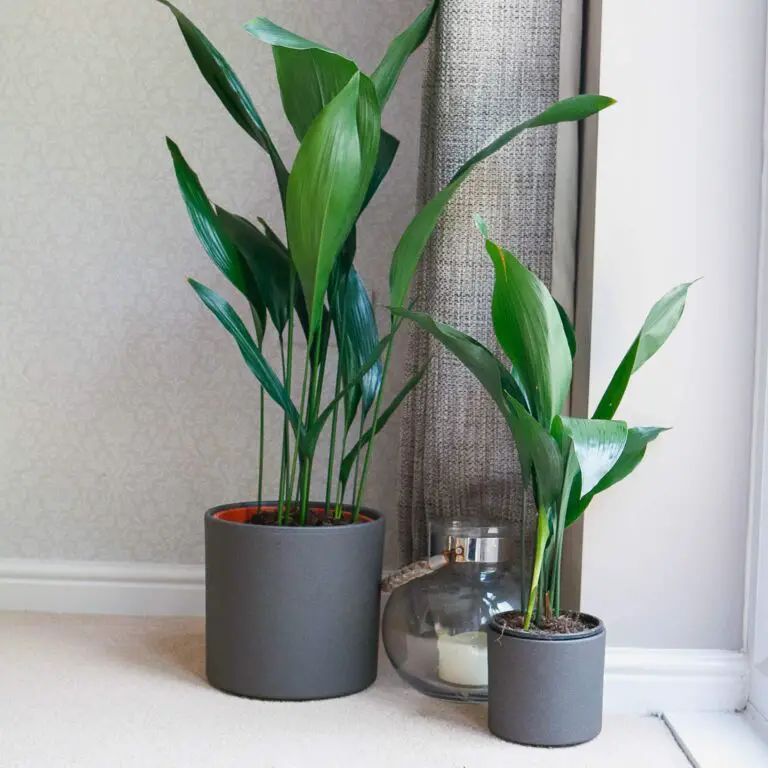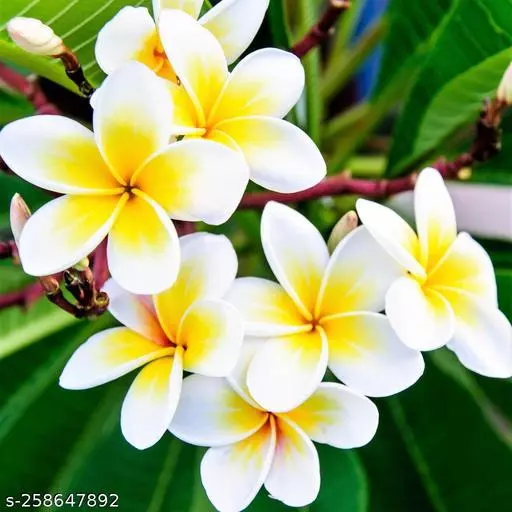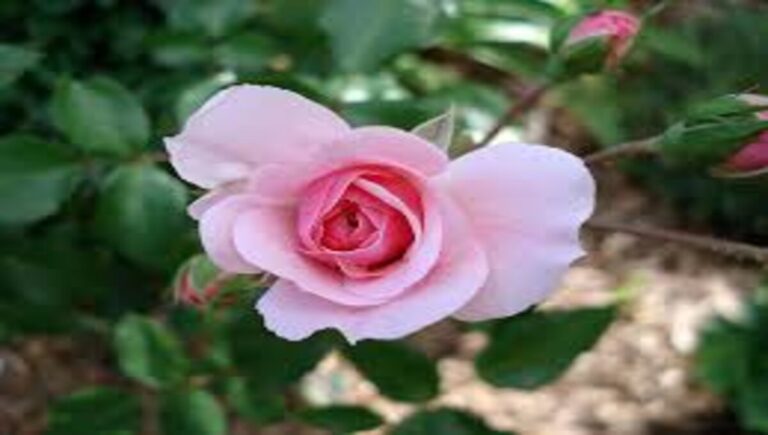Lilacs are beautiful, fragrant shrubs that are popular in gardens all over the world. They are relatively easy to care for, and with proper care, they can thrive for many years.
In this article, we will discuss everything you need to know about growing lilacs, from choosing the right location to pruning and pest control. By following these tips, you can enjoy beautiful lilacs in your garden for years to come.
| Feature | Description |
|---|---|
| Scientific name | Syringa |
| Common name | Lilac |
| Family | Oleaceae |
| Origin | Southeastern Europe |
| Bloom time | Spring |
| Flower color | White, pink, purple, lavender |
| Flower fragrance | Strong |
| Height | 6-12 feet |
| Spread | 4-6 feet |
| Hardiness zone | 3-8 |
| Soil type | Well-drained |
| Sun exposure | Full sun |
| Water needs | Regular watering during the growing season |
| Fertilizer needs | Light application of compost in the spring |
| Pruning needs | Prune immediately after flowering |
| Pests and diseases | Aphids, powdery mildew, lilac borers |
| Benefits | Edible flowers, essential oils, medicinal applications |
| Symbolism | Love, happiness, new beginnings |
20 Fragrant Flowers Plant: Symbolism & History
Choosing the Right Location
The first step to growing lilacs is choosing the right location. Lilacs prefer full sun, but they can tolerate partial shade. They also need well-drained soil. If your soil is heavy or clayey, you may need to add sand or gravel to improve drainage.
Lilacs are also susceptible to wind damage, so it is important to plant them in a sheltered location. Avoid planting them near trees or buildings that could block the wind.
Planting Lilacs
The best time to plant lilacs is in the spring or fall. If you are planting in the spring, make sure to do it before the leaves start to grow. If you are planting in the fall, make sure to do it at least six weeks before the first frost.
When planting lilacs, dig a hole that is twice as wide as the root ball. Add some compost or manure to the soil at the bottom of the hole. Place the lilac in the hole and backfill with soil. Water the lilac well.
Caring for Lilacs
Lilacs are relatively low-maintenance plants. However, there are a few things you need to do to keep them healthy and thriving.
Watering: Lilacs need regular watering during the growing season, especially during hot, dry weather. Water deeply, so that the water reaches the roots.
Fertilizing: Lilacs do not require much fertilizer. A light application of compost in the spring is usually sufficient. If you want to fertilize your lilacs more often, you can use a balanced fertilizer, such as 10-10-10.
Pruning: Lilacs should be pruned immediately after flowering. This will help to encourage new growth and future blooms. Pruning can also be used to shape the shrub or tree.
Pests and Diseases: Lilacs are susceptible to a few pests and diseases, including aphids, powdery mildew, and lilac borers. These pests and diseases can be treated with insecticides and fungicides.
Enjoying Your Lilacs
With proper care, your lilacs will bloom for many years to come. The blooms are typically fragrant and come in a variety of colors, including white, pink, purple, and lavender. Lilacs are a beautiful addition to any garden, and they are sure to bring you years of enjoyment.
Here are some additional tips for growing lilacs:
- Mulch around your lilacs to help retain moisture and suppress weeds.
- Protect your lilacs from deer and rabbits with fencing or netting.
- Deadhead spent blooms to encourage new growth.
- Propagate lilacs from cuttings in the spring or summer.
Use, Benefits, and Symbolism of Lilac
- Lilacs are beautiful, fragrant shrubs that are popular in gardens all over the world.
- They are relatively easy to care for, and with proper care, they can thrive for many years.
- Lilacs prefer full sun, but they can tolerate partial shade. They also need well-drained soil.
- Lilacs are used for a variety of purposes, including ornamental landscaping, essential oil production, and medicinal applications.
- The flowers of lilacs are edible and can be used to make jams, jellies, and syrups.
- Lilacs have a number of health benefits, including reducing anxiety, improving sleep quality, and boosting the immune system.
- Lilacs are a symbol of love, happiness, and new beginnings.
- They are often used in weddings and other special occasions.
- Lilacs are also associated with the changing of seasons, as they typically bloom in the spring.
- Lilacs are a beautiful and versatile plant that can be enjoyed in many different ways.
Some additional details about the benefits and symbolism of lilacs:
- The flowers of lilacs contain a number of essential oils that have been shown to have health benefits. These oils include linalool, geraniol, and nerol, which have anti-anxiety, anti-inflammatory, and antibacterial properties.
- Lilacs have been used for centuries in traditional medicine to treat a variety of ailments, including fever, coughs, and sore throats.
- In the language of flowers, lilacs are a symbol of love, happiness, and new beginnings. They are often given as gifts to celebrate weddings, graduations, and other special occasions.
- Lilacs are also associated with the changing of seasons, as they typically bloom in the spring. This makes them a popular symbol of hope and renewal.
FAQs
Is the common lilac a tree?
No, the common lilac (Syringa vulgaris) is a large shrub, not a tree. It can grow up to 20 feet tall and wide, but it does not have a single trunk like a tree. Instead, it has multiple stems that grow from the ground.
What is common lilac good for?
Common lilacs are popular ornamental plants that are grown for their fragrant flowers. They are also used in herbal medicine, and the flowers can be used to make tea. The leaves and bark of common lilacs can also be used to make a tincture.
What is the fruit of a common lilac?
The fruit of a common lilac is a small, dry, brown capsule that contains several seeds. The capsules ripen in the fall and are often eaten by birds.
What is the difference between Persian lilacs and common lilacs?
Persian lilacs (Syringa persica) are closely related to common lilacs, but they have some key differences. Persian lilacs are typically smaller than common lilacs, and they have drooping branches. The flowers of Persian lilacs are also more fragrant than the flowers of common lilacs.
Here is a table that summarizes the key differences between Persian lilacs and common lilacs:
| Feature | Persian lilac | Common lilac |
|---|---|---|
| Size | Smaller | Larger |
| Branches | Drooping | Erect |
| Flowers | More fragrant | Less fragrant |
| Hardiness | USDA zones 4-8 | USDA zones 3-8 |







